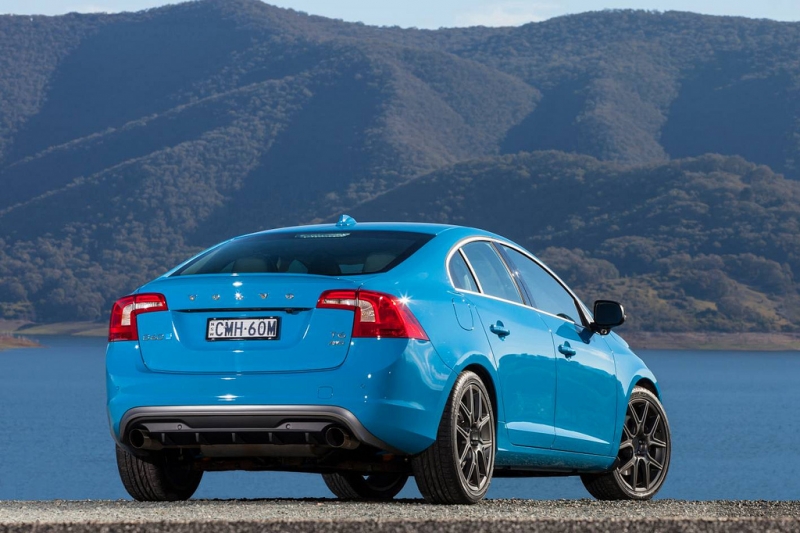When you think of Volvo, safety, reliability, and the famous steel cage probably come to mind which is a good thing, especially for a car manufacturer. However, these three qualities have created a dilemma for the Swedish auto maker that is becoming detrimental to the company as the years have passed. Next time when you’re commuting and notice a Volvo, are they new, or six to seven years old? Most likely, the answer would be the latter. Having noticed this every morning, it’s become apparent that Volvo owners are too loyal to their older cars, and not going to the dealership to trade them in.
In 2012, Volvo ranked 1st in owners who keep their old cars the longest. On average, Volvos stay with one owner for over 7 years before they’re traded in, and more astonishing, only 30% of those trade ins were to buy another Volvo. Brand loyalty is down considerably, despite the Swedish auto maker manufacturing better, more modern vehicles that should be appealing to younger buyers and not the 50 somethings. What is the underlying issue though, and how can Volvo get back what they’ve lost over the past 15 years?
The biggest problem is that Volvo owners have no reason to visit a dealership unless it’s for a routine checkup or oil change, because their cars don’t break down or have any mechanical failures that other manufacturers experience. Because of this, consumers aren’t seeing the new models in the showroom, or aren’t even exposed to newer Volvo’s. As an owner of an S40, I can attest that it’s extremely difficult to think of owning a different car or a newer Volvo, and having seen and talked to other owners both in person and on Facebook, I’m not the only one who can’t part ways with his or her sedan. Most of the photos that are shared on social media are all Volvos made prior to 2010, and surprisingly, there appears to be more love for the older S60 design than the current one, which in my opinion, the 2014 S60 is a work of art.
Another reason some Volvo owners may hold onto their cars is because their models are no longer in production. The C30, C70, S40, V50, and V70, to name a few, are no longer being made or sold in the United States, and while for some auto manufacturers that’s not a problem, for Volvo, the owners of these cars are attached and are more likely going to continue putting money into their vehicles.
Volvo dealerships need to attract consumers, whether they’ve owned previous Volvos, or are first time buyers to the brand. The new look S60 and V60 are great cars, and with the AWD options, turbocharged engines, and the comforts of a luxury vehicle, these cars could easily sell if they could get owners of older Volvos to consider trading them in. For some manufacturers, they need to stop thinking conventional, and start looking outside the box and reach new customers. Right now, Volvo and many other auto brands aren’t doing that. Volvo is not Saab (thank goodness), but if they don’t start getting people into dealerships’ doors, they’ll be looking down the same road as their Swedish counterpart.

